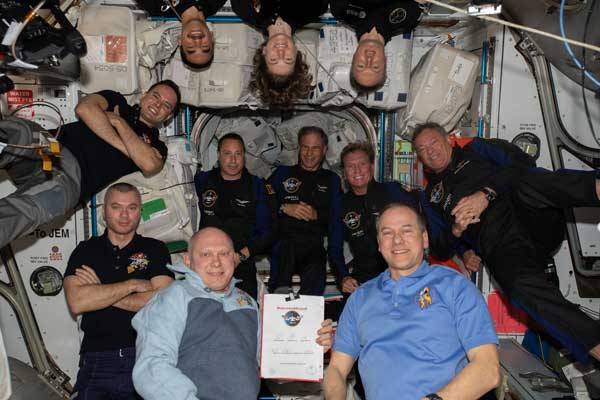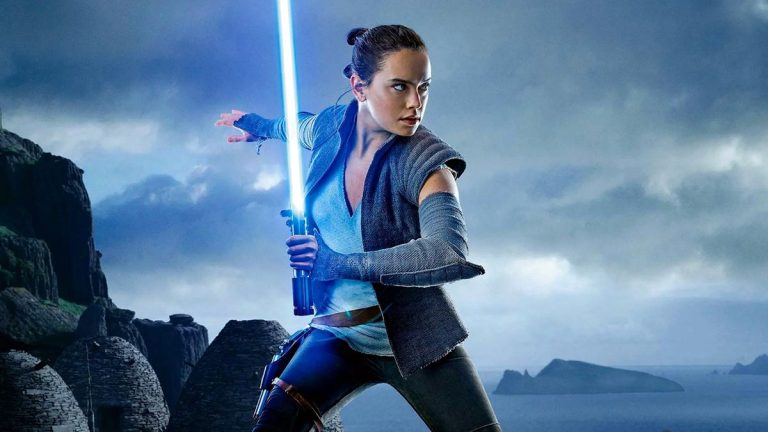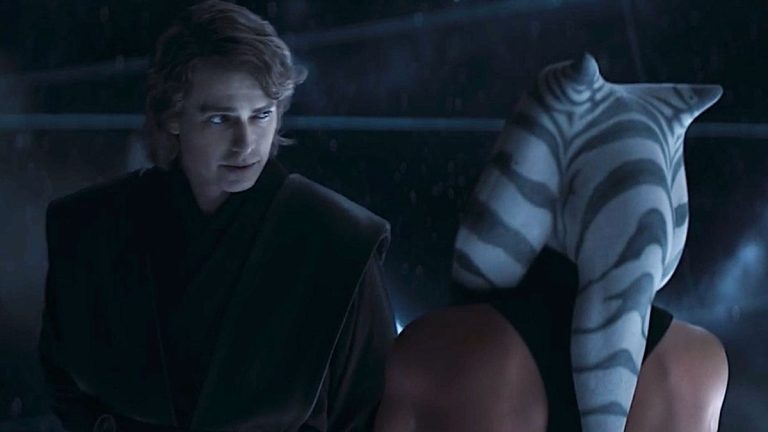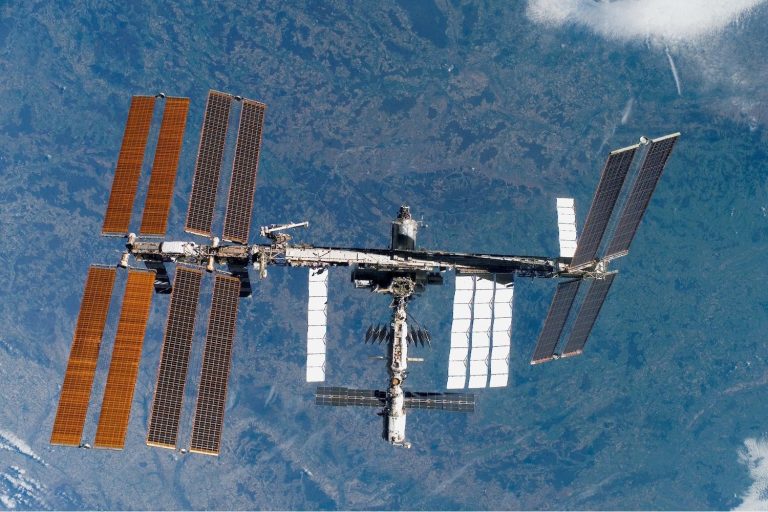
32 People Flew to Space in First 8 Months of 2022 (Image Credit: Payload)

by Douglas Messier
Managing Editor
The first eight months of 2022 were busy ones for human spaceflight with 14 astronauts venturing into orbit and 18 spaceflight participants flying on shorter suborbital flights.
There were three crewed orbital missions to the International Space Station (ISS) by the United States and Russia that carried 11 astronauts. The flights included the first fully private mission to the station launched by SpaceX for Axiom Space in April. Boeing’s CST-100 Starliner moved closer to carrying astronauts with a successful uncrewed flight test to ISS.
China sent a fresh three-person crew to its Tiangong space station. In August, a new science module arrived that doubled the size of the orbital facility.
Blue Origin sent 18 people into suborbital space aboard the company’s New Shepard spacecraft. The company has now launched 32 people into space.
Let’s take a closer look at who launched to where this year.

International Space Station Flights
U.S. missions to the space station included two crewed SpaceX Dragon missions, an uncrewed Boeing CST-100 Starliner flight test, and resupply missions by SpaceX’s Cargo Dragon 2 and Northrop Grumman’s Cygnus resupply vehicles.
Russian launches to ISS continued as scheduled despite tensions with the West over the nation’s invasion of Ukraine and repeated threats to leave program. Roscosmos launched one three-member crew and two Progress resupply ships with 10 small satellites aboard during the first eight months of the year.
International Space Station Launches & Departures
Jan. 1 – Sept. 7, 2022
| Date | Launch Vehicle | Spacecraft | Purpose | Crew |
|---|---|---|---|---|
| Jan. 24, 2022 | — | Cargo Dragon 2 | Capsule return (launched Dec. 21, 2021) | None |
| Feb. 15, 2022 | Soyuz-2.1a | Progress MS-19 (80P) | ISS resupply | None |
| Feb. 19, 2022 | Antares | Cygnus NG-17 | ISS resupply | None |
| March 18, 2022 | Soyuz-2.1a | Soyuz MS-21 | ISS crew | Oleg Artemyev, Denis Matveev, Sergey Korsakov |
| March 30, 2022 | — | Soyuz MS-19 | ISS crew return | Anton Shkoplerov, Pyotr Dubrov, Mark Vande Hei |
| April 8, 2022 | Falcon 9 | Crew Dragon | Axiom Mission-1 Launch | Michael Lopez Alegria, Larry Connor, Mark Pathy, Eytan Stibbe |
| April 25, 2022 | — | Crew Dragon | Axiom Mission-1 Return | Michael Lopez Alegria, Larry Connor, Mark Pathy, Eytan Stibbe |
| April 27, 2022 | Falcon 9 | Crew Dragon | ISS Crew-4 launch | Kjell Lindgren, Robert Hines, Jessica Watkins, Samantha Christoferetti |
| May 6, 2022 | — | Crew Dragon | ISS Crew-3 return (launched Nov 11, 2021) | Raja Chari, Thomas Marshburn, Matthias Mauer, Kayla Barron |
| May 19, 2022 | Atlas V | CST-100 Starliner | Uncrewed flight test | None |
| May 25, 2022 | — | CST-100 Starliner | Capsule return | None |
| June 1, 2022 | — | Progress MS-18 (79P) | Spacecraft departure (launched Oct. 28, 2021) | None |
| June 3, 2022 | Soyuz-2.1a | Progress MS-20 (81P) | ISS resupply | None |
| June 29, 2022 | — | Cygnus NG-17 | Spacecraft departure | None |
| July 15, 2022 | Falcon 9 | Cargo Dragon CRS-25 | ISS resupply | None |
| Aug. 20, 2022 | — | Cargo Dragon CRS-25 | Capsule return | None |
Oleg Artemyev, Denis Matveev and Sergey Korsakov were launched to the space station aboard the Soyuz MS-21 spacecraft on March 18. They joined a seven-member crew that included: Russian cosmonauts Pyotr Dubrov and Anton Shkaplerov; NASA astronauts Kayla Barron, Raja Chari, Thomas Marshburn and Mark Vande Hei; and ESA astronaut Matthias Mauer.
The Russian crew created a stir with the yellow and blue flight suits they wore when they entered the station. The colors are similar to those of the Ukrainian flag. Questions were raised about whether the cosmonauts were showing support for Ukraine, which Russia invaded in February.

Russia officials denied the claim. The suits, which were sewn and packed aboard Soyuz months before the launch, use the colors of Bauman Moscow State Technical University where the three cosmonauts studied, they said. Artemyev previously wore a yellow and blue flight suit during his 2014 mission to ISS.
Dubrov, Shkaplerov and Vande Hei departed the space station aboard Soyuz MS-19 on March 30. Dubrov and Vande Hei spent nearly a year — 355 days — on ISS while Shkaplerov had been there for 176 days. Dubrov and Vande Hei were to have returned to Earth in October 2021 after a six-month mission, but Roscosmos changed the schedule to accommodate a special project.
On Oct. 5, 2021, Shkaplerov flew film director Klim Shipenko and actress Yulia Peresild to the station where they filmed scenes for a motion picture named, “The Challenge.” Shkaplerov stayed aboard while Shipenko and Peresild returned to Earth with cosmonaut Oleg Novitsky on Soyuz MS-18 after 12 days in space.

First Private Mission Launched
The first fully private crewed flight to the space station was launched aboard a SpaceX Crew Dragon on April 8. Former NASA astronaut Michael Lopez-Alegria commanded Axiom Space’s Ax-1 mission with three paying customers: American Larry Connor, Canadian Mark Pathy and Israeli Eytan Stibbe. The three men reportedly paid $55 million apiece for their flights.
The Ax-1 astronauts conducted a series of experiments and educational activities during their 17-day flight, which ended on April 25. The original plan to spend 10 days aboard ISS was extended to 16 days due to bad weather in the recovery area.

SpaceX launched the Crew-4 mission two days after the Ax-1 Crew Dragon vehicle splashed down of the coast of Florida. NASA astronauts Kjell Lindgren, Robert Hines, Jessica Watkins and ESA astronaut Samantha Christoferetti arrived safely at the station for a six-month mission. Crew-3 astronauts Chari, Marshburn, Barron and Mauer returned to Earth on May 6.

Starliner Flight Test
An United Launch Alliance Atlas V launched Boeing’s CST-100 Starliner spacecraft on its second orbital flight test. The automated crew vehicle docked with the space station during a six-day flight before returning to land at White Sands Missile Range in New Mexico.
The second uncrewed flight test was necessary because of the failure of a Starliner to reach the space station during a flight in December 2019. The successful mission paved the way for two NASA astronauts to conduct a crewed flight test to the station next year.
Resupply Missions
Russia launched the Progress MS-19 and Progress MS-20 cargo ships to the station in February and June, respectively. The two vehicles carried eight technology demonstration and two amateur radio satellites that were later deployed from ISS.
Northrop Grumman’s Cygnus freighter was launched in February and departed the space station at the end of June. It carried three technology demonstration satellites deployed from ISS.
SpaceX’s Cargo Dragon 2 spacecraft was launched on July 15. It carried eight satellites, including five for technology demonstration, two for education, and one for technology and education.

Chinese Space Station Flights
China has been busy operating and expanding the Tiangong space station this year. The Shenzhou-13 crew of Zhai Zhigang, Wang Yaping and Ye Guangfu ended a 6-month mission in April. They were the second group of taikonauts to occupy the new station. The three-member crew of Shenzhou-12 of Nei Haisheng, Liu Boming and Tang Hongbo spent 92 days aboard the orbital facility last year.
The Tianzhou-4 resupply ship with a small satellite aboard was launched to the station in May.
Tiangong Launches and Return Flights
Jan. 1 – Sept. 6, 2022
| Date | Launch Vehicle | Launch Site | Spacecraft | Purpose | Crew |
|---|---|---|---|---|---|
| April 16, 2022 | Long March 2F | Jiuquan | Shenzhou-13 | Crew return | Zhai Zhigang, Wang Yaping, Ye Guangfu (launched Oct. 15, 2021) |
| May 9, 2022 | Long March 7 | Wenchang | Tianzhou 4 | Resupply | None |
| June 5, 2022 | Long March 2F | Jiuquan | Shenzhou-14 | Crew launch | Chen Dong, Liu Yang, Cai Xuzhe |
| July 24, 2022 | Long March 5B | Wenchang | Wentian | Station module | None |
On June 5, a Long March 2F booster launched Chen Dong, Liu Yang and Cai Xuzhe to the station aboard Shenzhou-14 for a scheduled six-month mission.
China doubled the size of the station with the launch of the Wentian module on July 24. The module includes equipment for scientific investigations, living space for three additional crew members, and an airlock for spacewalks. A second science module named Mengtian is scheduled for launch in October. The flight will complete initial assembly of Tiangong.
Suborbital Flights

New Shepard Flights
With Virgin Galactic’s SpaceShipTwo and WhiteKnightTwo in the hangar all year for lengthy overhauls, Jeff Bezos’ Blue Origin had the human suborbital market all to itself. The company conducted three New Shepard suborbital flights that flew 18 individuals above the Karman line at 100 km (62.1 miles).
New Shepard Flights
Jan. 1 – Sept. 6, 2022
| Date | Vehicle | Company | Location | Payloads | Notes |
|---|---|---|---|---|---|
| March 31, 2022 | New Shepard (NS-20) | Blue Origin | Corn Ranch (Texas) | Marty Allen, Sharon Hagle, Marc Hagle, Jim Kitchen, George Nield, Gary Lai | Fourth New Shepard human flight, 107 km (66.5 miles) apogee |
| June 4, 2022 | New Shepard (NS-21) | Blue Origin | Corn Ranch (Texas) | Evan Dick, Katya Echazarreta, Hamish Harding, Victor Correa Hespanha, Jaison Robinson, Victor Vescovo | Fifth New Shepard human flight, 107 km (66.5 miles) apogee |
| August 4, 2022 | New Shepard (NS-22) | Blue Origin | Corn Ranch (Texas) | Coby Cotton, Mario Ferreira, Clint Kelly III, Sara Sabry, Vanessa O’Brien, Steve Young | Sixth New Shepard human flight |
The NS-20 flight on March 31 gave New Shepard’s chief architect Gary Lai an opportunity to fly in a vehicle that he designed. Lai joined the flight after Saturday Night Live star Pete Davidson dropped out due to a scheduling conflict.
Lai was joined on New Shepard’s 20th flight by George Nield, a private consultant who previously headed up the Federal Aviation Administration’s Office of Commercial Space Transportation that is responsible for licensing Blue Origin and all other commercial launches.

Marc and Sharon Hagle became the first couple to fly on a commercial space vehicle. Marc is president and CEO of Tricor International, a residential and commercial property development corporation. Sharon founded SpaceKids Global in 2015, a nonprofit organization whose mission is to inspire students to excel in STEAM education with a focus on empowering young girls.
Rounding out the six-member group were Marty Allen and Jim Kitchen. Allen is an angel investor who was formerly CEO of Party America and California Closet Company. Kitchen is a teacher, entrepreneur, and world explorer who fulfilled a childhood dream of flying to space.

The NS-21 flight on June 4 included:
- Dick Holdings managing member Evan Dick, who is an engineer and investor;
- electrical engineer and former NASA test lead Katya Echazarreta;
- Action Aviation Chairman and business jet pilot Hamish Harding;
- Brazilian civil production engineer Victor Correa Hespanha;
- Dream Variation Ventures co-founder Jaison Robinson; and
- retired U.S. Navy Commander Victor Vescovo, who co-founded the private equity firm Insight Equity.
Echazarreta became the first Mexican-born and youngest American woman to fly to space. She flew as part of Space for Humanity’s Citizen Astronaut Program.
Hespanha became the second Brazilian to fly to space. His flight was sponsored by the Crypto Space Agency, whose goal is to accelerate humankind’s off-world future.
Dick became the first person to fly on New Shepard for a second time, having previously reached space during the NS-19 flight on Dec. 11, 2021.

New Shepard’s 22nd flight included Dude Perfect cofounder Coby Cotton, Portuguese entrepreneur Mário Ferreira, British-American mountaineer Vanessa O’Brien, technology leader Clint Kelly III, Egyptian engineer Sara Sabry, and telecommunications executive Steve Young.
O’Brien became the first person to reach extremes on land, sea, and air, completing the Explorers’ Extreme Trifecta, a Guinness World Record.

Sabry became the first person from Egypt to fly to space. Her flight was sponsored by Space for Humanity under its Citizen Astronaut Program.
Ferreira became the first person from Portugal to fly to space.








